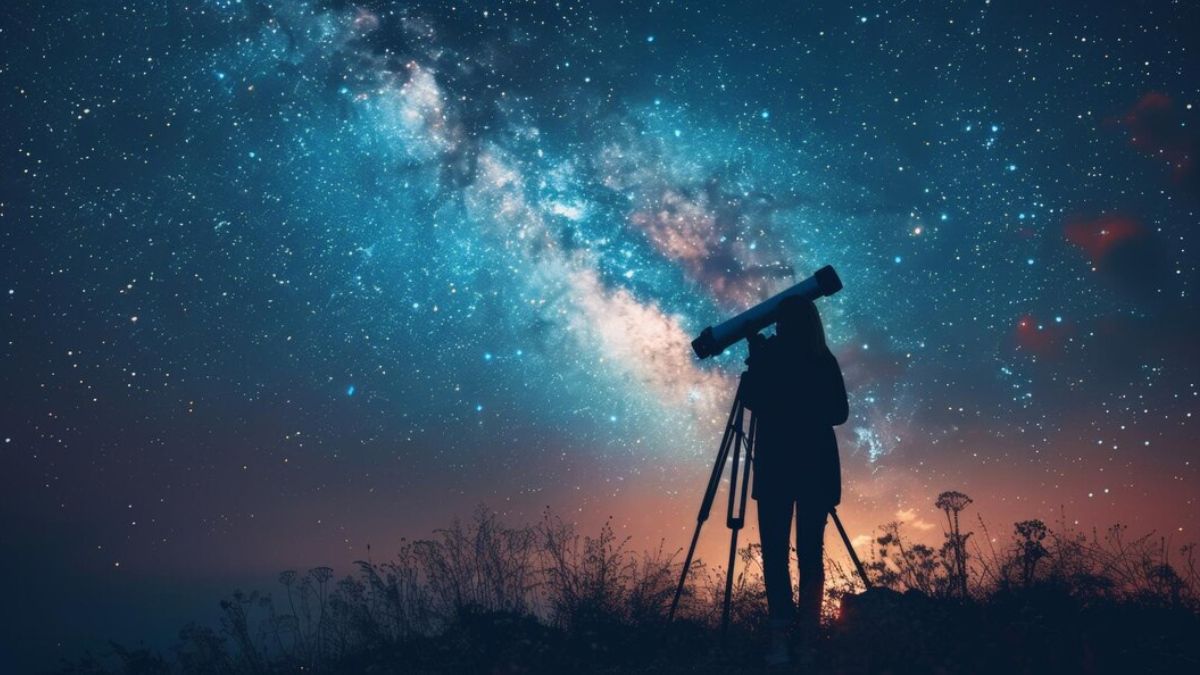Introduction
Our vast and beautiful cosmos is just bursting with wonder that never fails to amaze scientists as well as astronomers. One example of such a cosmic event is Stars-923. This essay leads you through the jungle of what Star-923 is, why it matters and how its discovery can revolutionise our perception of reality in the universe.
What is Stars-923?
Stars-923 has puzzled astronomers for years. Its weirdness and behavior are dramatically different from what is typically seen in stars. Floating IdeasAbout the Mysterious Object. The reason behind it has been his curiosity about different scientific aspects.
One of the most impressive characteristics of Stars-923 is its variable brightness. The brightness of the star varies frequently and wildly. It is thus challenging to classify it as a regular star.
Its spectral profile also looks unusual compared to known stars, which hints at an unusually low metal composition or somehow unique mechanism. Star-923 is intriguing. Even more so because it is evolving rapidly. But some of its other features are evolving even more quickly than he anticipated.
Discovery and Classification of Stars-923
Astronomers from a galaxy several million light-years away used sophisticated telescopes to spot Stars-923. But even at this vast distance, the star has revealed its individual nature compared to other stars like itself. Stars-923 is identified as a Type O star from its spectral analysis, which are amongst the most scarce and massive stars in nature. They are extraordinarily hot stars, with surface temperatures that usually sit between 30,000 to 50,000 degrees Celsius. Although Stars-923 is at the higher end of this spectrum, hence its rather bright and blue appearance from even so far away.
Enormous Mass and Size
Stars-923 is notable for being so massive; astronomers calculate it’s around 70 times more massive than our Sun. Stars-923 is thought to be one of the most massive stars known, and its size and mass mean it will provide a fascinating target for researchers interested in stellar evolution; the way such huge stars are born, live out their lives, and eventually release much of their raw material back into space so that new generations of stars can be created. Larger stars like Stars-923 live short lives compared to smaller stars. Because of their weight, they consume their nuclear fuel much quicker and are done after five million years — a mere twinkle in cosmic terms.
Intense Radiation and Stellar Winds
Stars-923 will produce profound levels of radiation, significantly higher than normal stars like the sun. This radiation emanates from the intense high-energy processes going on inside its core, where nuclear fusion is transforming hydrogen into helium at an incredibly rapid pace. That means the star gives off very strong ultraviolet and X-ray radiation, which can have an effect on other celestial objects nearby—which may help immerse a surrounding nebula in a shimmering glow.
Quicker than that, Stars-923 churn out hefty stellar winds—flows of ions flying up to 3,000 kilometers per second. These winds not only strip away outer layers of the star but also shape the environment around the star. These winds can affect the structures of molecular clouds that sit in regions close by, molding the development of new stars or disrupting existing ones.
Unusual Chemical Composition
Stars-923 also has an odd combination of units which further sets it apart from its counterparts of type. Spectroscopic analysis showed enhanced abundances of heavier elements — such as carbon, nitrogen, and oxygen — that can be churned out by stars in later evolutionary stages. This suggests that stars-923 may arise in a really metallic free area, or could also be an excessive stage within the existence-cycle of this fabulously glistening supernova.
Those heavier elements could have a lot of implications for how the star could end its life down the line—and die. The other type of core-collapse supernovae are the ones with higher initial metal content (i.e., stars that form with a lot of heavy elements in them), which will experience more powerful explosions and either form neutron stars or black holes depending on their remnant masses.
A Glimpse into Its Future: The Supernova Potential
One of the most exciting prospects regarding Stars-923 is its future demise, which is likely to culminate in a supernova explosion. Given its massive size and rapid consumption of fuel, it is expected to collapse under its own gravity within the next few million years. When that happens, Stars-923 could produce a Type II supernova, one of the most energetic events in the universe, briefly outshining entire galaxies before fading into obscurity.
The remnant of such an explosion could either be a neutron star or, more intriguingly, a stellar-mass black hole, depending on the amount of mass remaining after the explosion. If Stars-923 indeed forms a black hole, it could offer astronomers a chance to study black hole formation and behavior in greater detail.
Its Role in the Cosmic Web
Stars-923 has another sector beyond its physical traits in the grander cosmic states. They also help enrich the ISM with heavy elements via stellar winds (and later supernovae). Initially, massive stars like Stars-923. These are essential for the planets and life in the Universe. Studying Stars-923, the astronomers added, could help reveal how galaxies are formed and evolve on a cosmic scale.
The star’s position within its galaxy also tells us something about the environmental conditions that influence how massive stars form and live out their life cycle. This map unravels the mystery further, allowing scientists to determine how such stars are born in various places of the cosmos by reconstructing surroundings entire stellar neighbors and nebulae.
Conclusion
This demonstrates just how complex and diverse the universe really is, with Stars-923 as no exception. Observation of the planet would be of great interest due to its massive size, high temperature, unusual chemical composition (enriched with metals), and strong stellar radiation. By studying even more distant stars (Stars-923 being just one example) we further build our knowledge of how stars are born and, importantly, get us ever closer to understanding the origins of life and the very fabric of what makes up the universe as a whole. Each new true discovery is nothing less than a further revelation of the grandeur of the universe, and Stars-923 gives us another shining light as we press on into the void, onward to what figments lie ahead.



